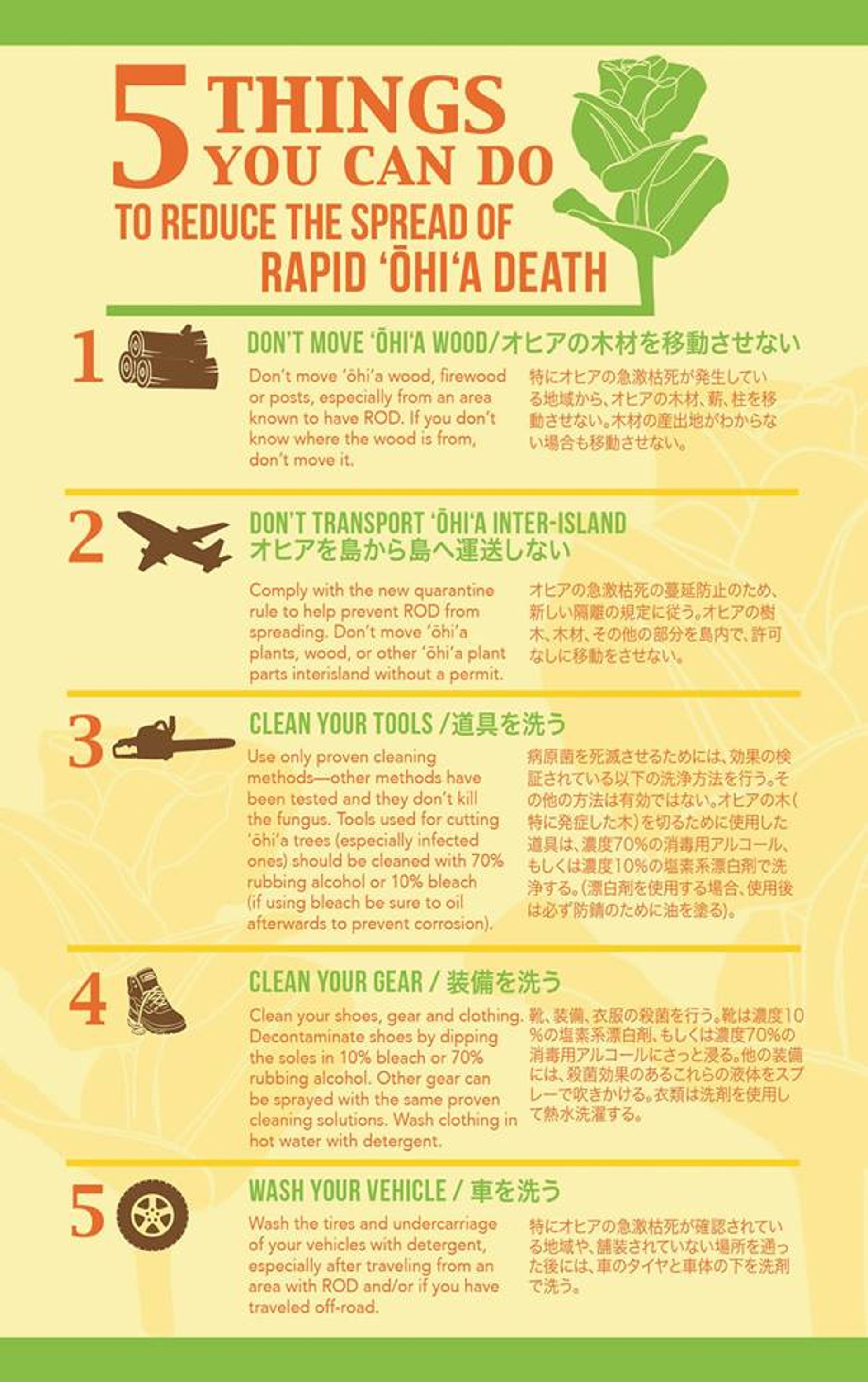Details
Length (one way): 2.5 mi / 4.02 km - Elevation Change: 600 ft / 182.88 m
Kaunala Trail begins in a stand of paperbark trees and contours in and out of several gulches. It is a good combination of ridge and valley trail and offers great views of the north shore and Waianae Mt. Range. There's an interesting combo of native and introduced vegetation along this trail. The last portion of the hike is along a dirt road. When you break out of the forest onto the dirt road, go right. About 0.25 miles up the road, you will come to a large iron gate. Continue around the gate and go right at the intersection. Continue down the road, past the trailhead to the entrance gate and your parked vehicle. This trail traverses a public hunting area - hikers should exercise caution. Wear bright colored clothing and be aware that you may encounter hunters who may be hunting off trail - stay on the trail.
Descriptions for route, history, plants and birds were provided by Stuart Ball, author of The Hikers Guide to Oahu and other hiking books.
Campsites not designated. Camping is allowed with permit anywhere within the trail corridor (10 feet from center line). Permit must be printed, signed and in your possession while camping.
For more information visit State of Hawaii Camping website: https://camping.ehawaii.gov/camping/all,details,31706.html




